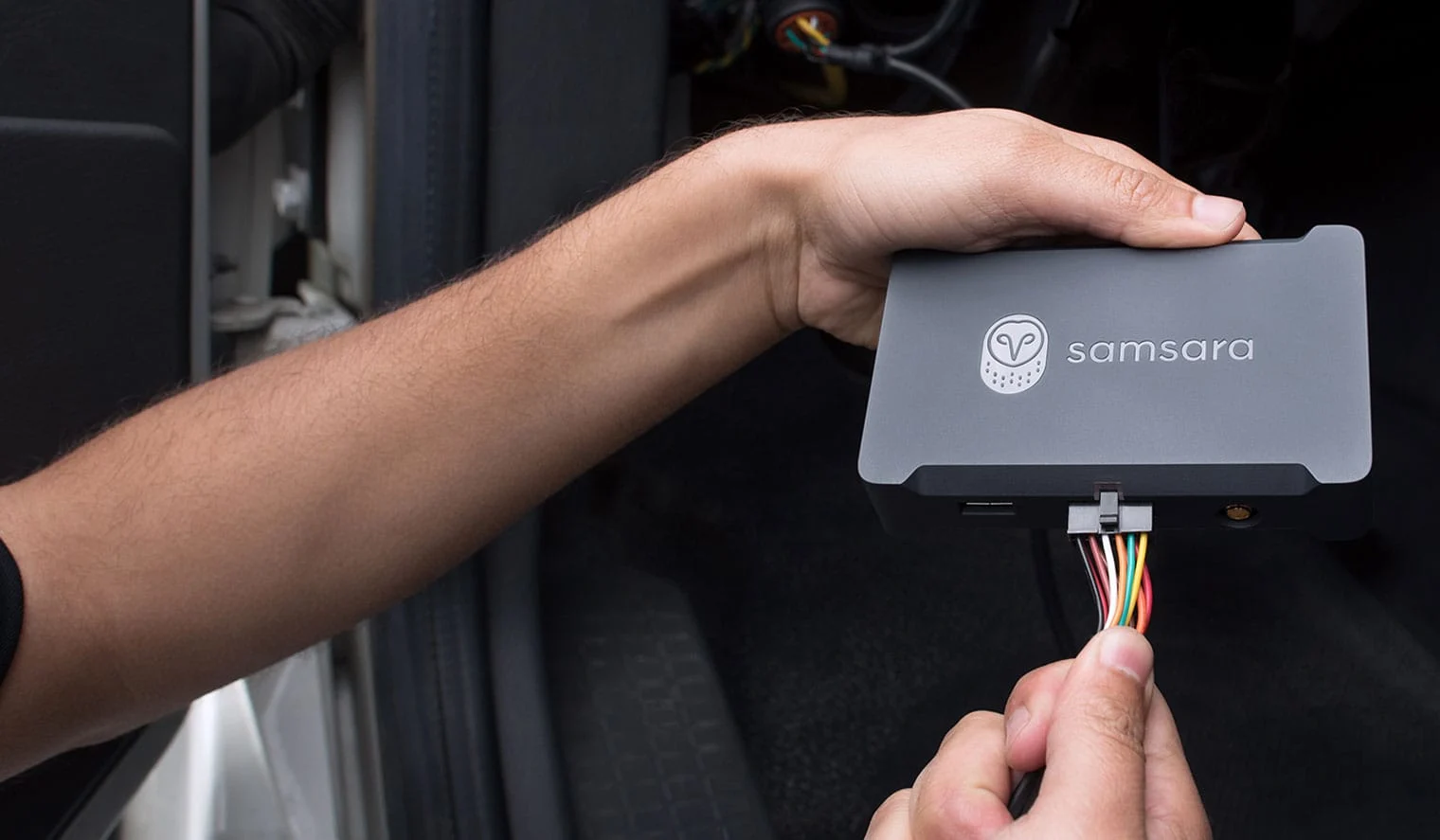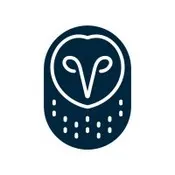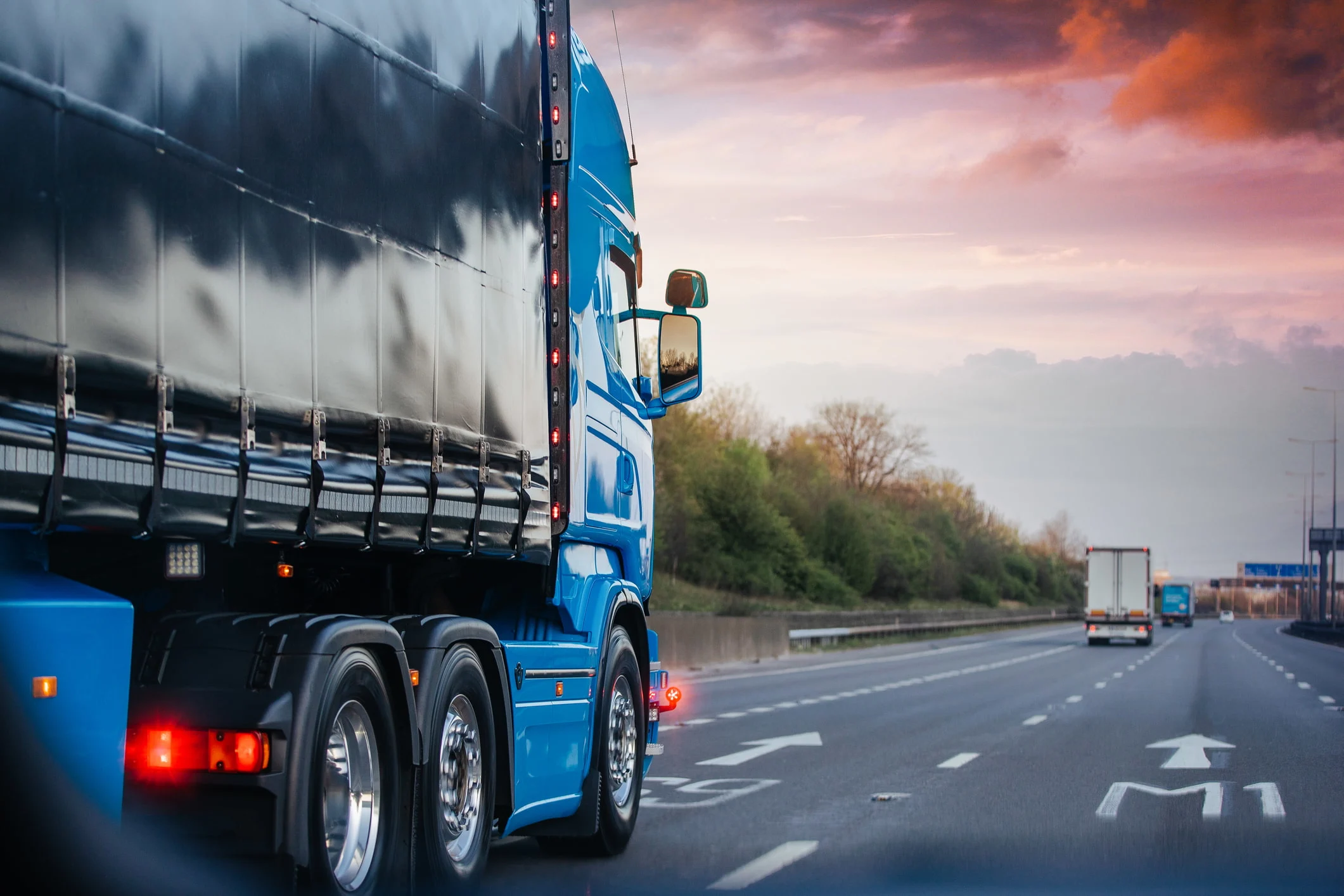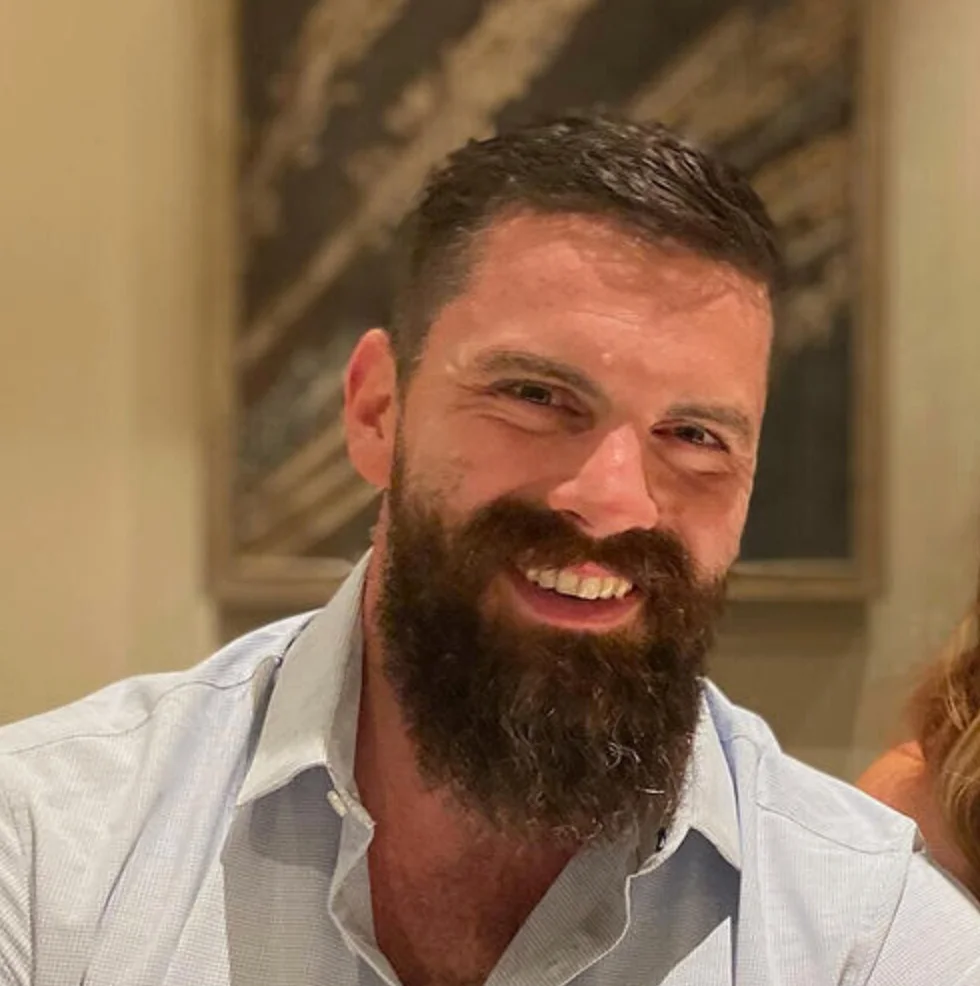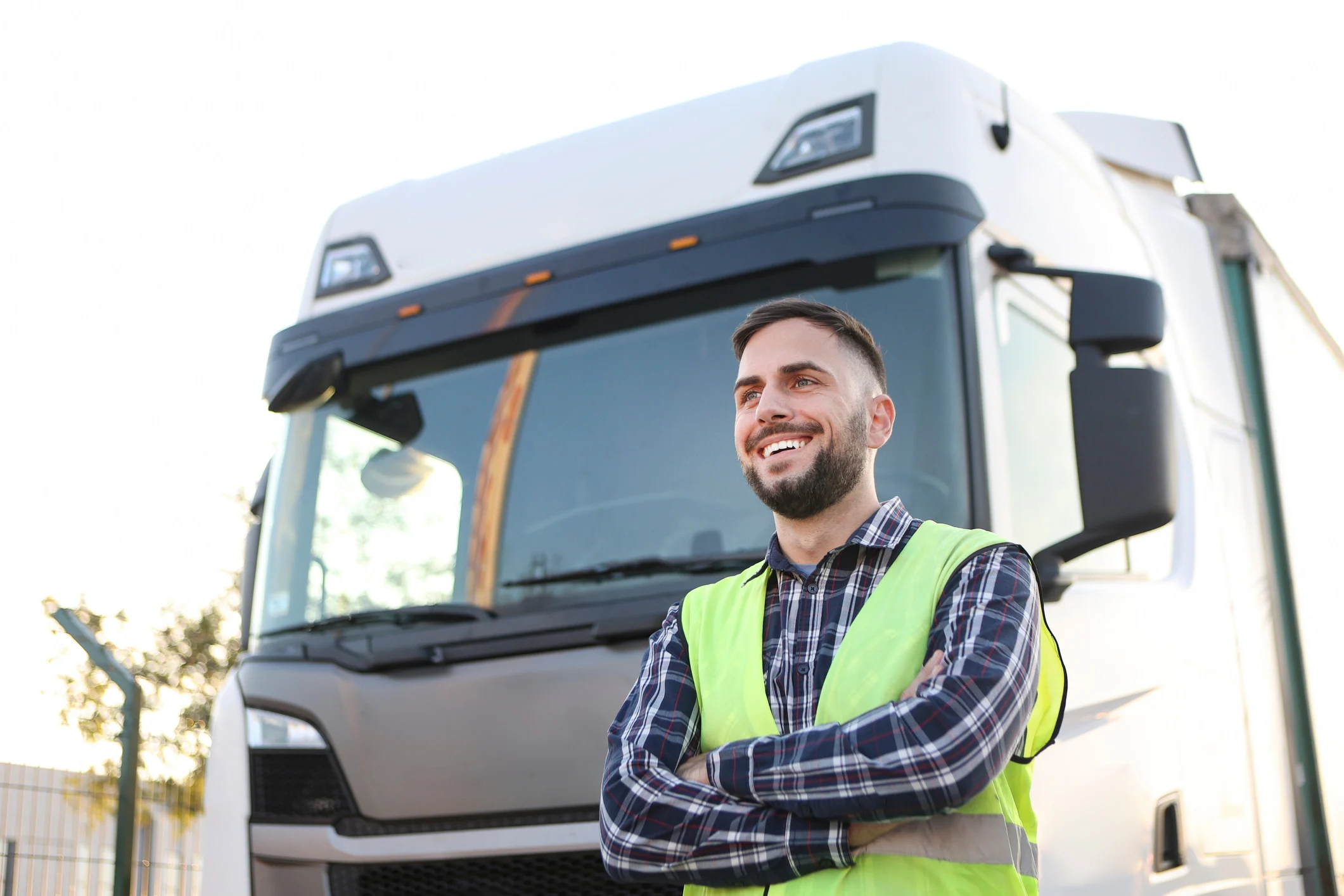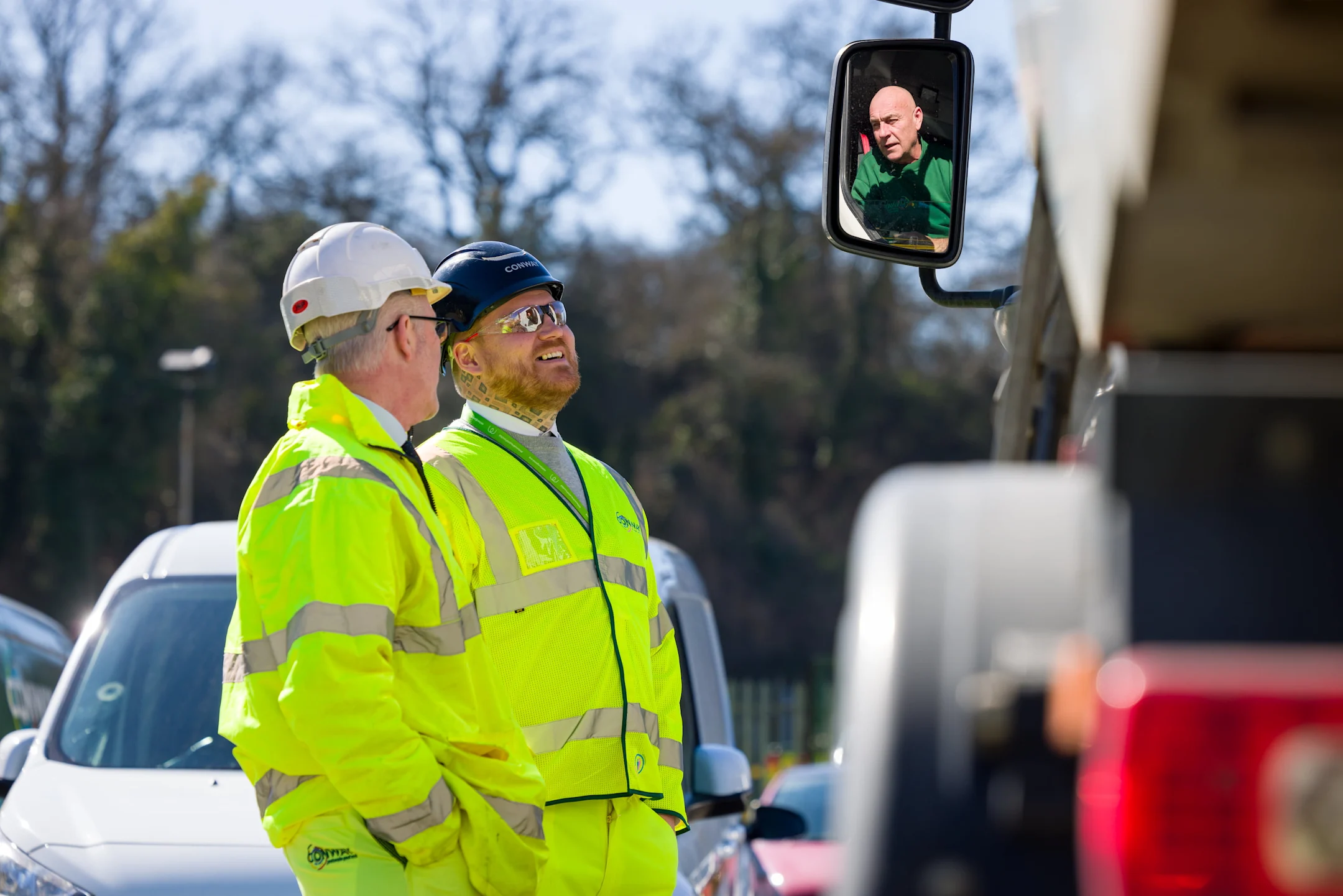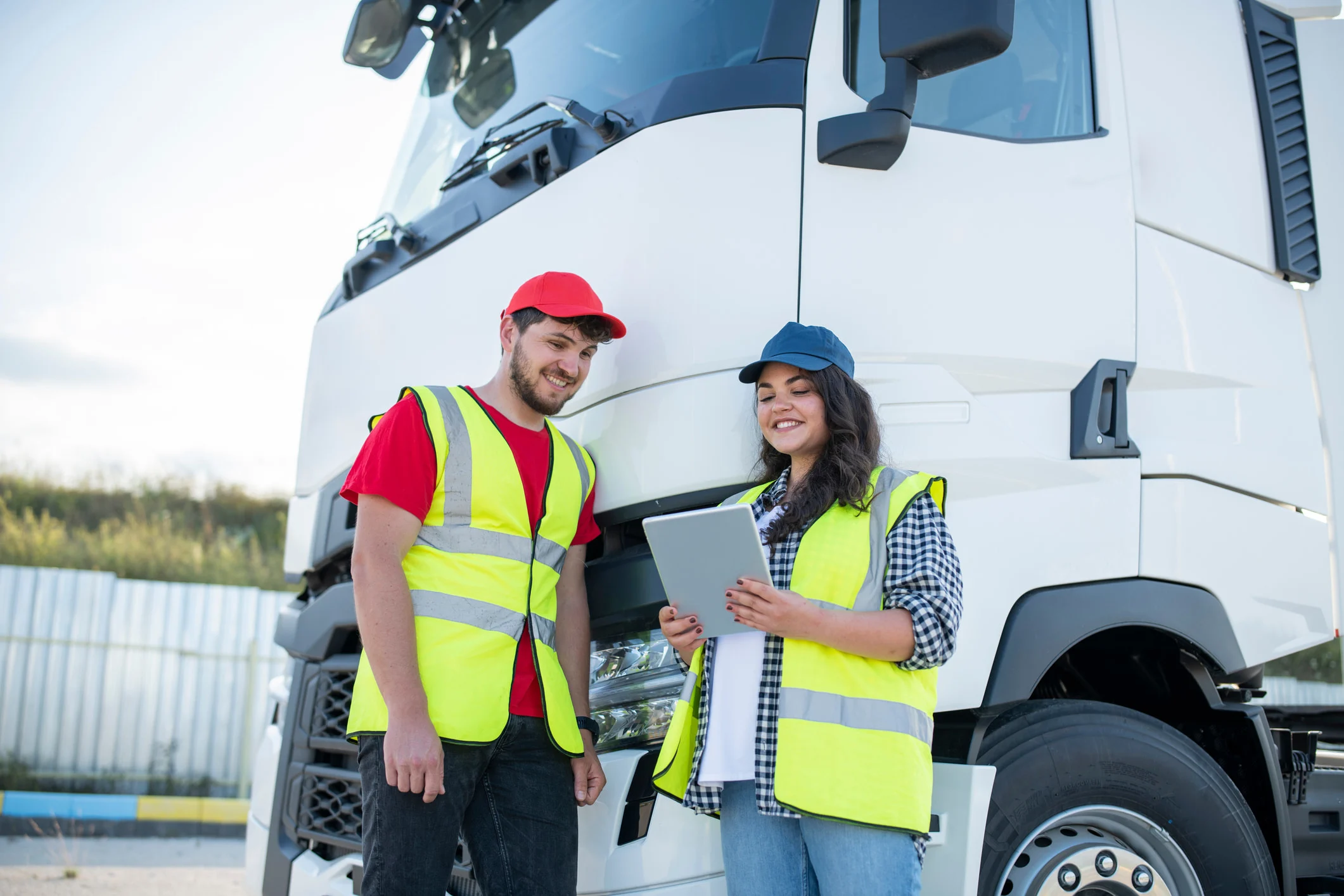Perspectives
Dash cam insights provide EV Cargo with end-to-end operational clarity
July 17, 2025

Get the latest from Samsara
Subscribe nowEV Cargo is a global logistics execution and supply chain services platform, providing air and sea freight, road freight, and contract logistics along with associated value-added services. Here, Clark Podger, Head of Digitalisation at EV Cargo, explains how a joined-up approach to technology is helping the team better support drivers, reduce risk, and respond faster when things go wrong. And he also reveals how fitting a Samsara dash cam inside a trailer helped solve a vintage riddle.
Q: Hi, Clark. Please tell us a bit about your role at EV Cargo and the scale of the operation.
Hi. I head up digitalisation for EV Cargo’s third-party logistics operations in the UK. Across the business, we’ve got around 200 HGVs and 500 full-time drivers, plus a mix of smaller vehicles. We work across a really diverse customer base, everything from fast-moving consumer goods (FMCG) to liquids, beers, wine, and spirits. So the operational demand on us is high. And safety is always front and centre.
My role is a hybrid one. I sit between IT and operations, which means that I translate what the business needs into tech requirements and then help make sure the digital systems we have are being used effectively. It's a lot of connecting the dots between departments.
Q: What made you revisit your approach to driver safety?
Like most fleets, we were dealing with all the usual challenges, like an increase in accident-related costs, rising insurance premiums, and a growing awareness that something needed to change. We already had some telematics across our fleet, but they weren’t giving us the full picture. If I’m honest, we didn’t really know what was going on inside the cab.
The turning point came when we had a couple of serious incidents. That’s when we really leaned into the potential of Samsara. And we came to the conclusion that we needed to stop reacting and start getting ahead of this.
Q: Now that you’ve been using Samsara’s in-cab video, what difference has that made?
Massive. It’s one thing seeing a harsh braking event on a dashboard, it’s another seeing the video of what actually happened. The ability to visually see the actual situation and real world actions is a game changer and makes conversations with our drivers and our insurers so much easier.
It’s also important to say that it’s not all one-way traffic. There’s a blue button on the dash cams. That’s a really important feature for us because it gives our drivers a voice. If something happens – even if there’s no actual incident – they can press that button and the clip comes straight to us. It might be a car cutting in front of them or a close call we wouldn’t have known about. It’s there to protect the driver, and that’s how we position it.
Q: Were drivers resistant to the idea of cameras at first?
If your question really means, “Did we expect resistance?” then, “Yes,” especially with inward-facing cameras. So we decided to meet the issue head-on. We brought our people in and showed them exactly how the system works.
We demonstrated the facial blur, explained who has access to what, and talked through the safeguards in place. Some people also raised questions about privacy which we addressed. That said, once they saw the dash cams in action, most of them left feeling reassured.
One of the things I’ve learnt from this whole process is that you’ve got to give people clarity, otherwise, they’ll fill in the blanks themselves. Being open, honest and transparent has built a lot of trust.
Q: Have you seen cultural shifts across your business as a result of the tech rollout?
Yes. And not just from the drivers. Our training teams are using the system more effectively now, too. Before, there was a lot of noise. By that, I mean we had lots of “events” but not always “clarity” where it mattered.
Now, our team can triage these things much faster. They’ll look at an event, watch the video, and decide, “Do we need to have a conversation, do we escalate, or do we just leave it?”
That’s saved us a lot of time, and it’s made the feedback to drivers more relevant and constructive. It’s not about saying, “You’ve done something wrong.” Instead, it’s about having the evidence to start a proper conversation.
Q: How else do you maintain two-way communication with drivers?
We’re planning a series of roadshows to help maintain engagement. That means visiting sites, meeting drivers face-to-face, showing them what Samsara does, how it protects them, and what’s coming next. We want people to feel involved. Once drivers understand that the tech is there to support them – not to monitor them 24/7 – the whole conversation changes.
Q: Before we let you go, we understand that you also found an innovative use of Samsara’s dash cams in the trailer. Can you explain that?
Yes. It’s a bit unusual. And it’s a bit off-topic too. But it does highlight issues around innovation and working in partnership with Samsara. Let me explain. One of our customers was getting product damage on their regular delivery of wine. From our point of view, there were no obvious signs that there was anything wrong. No harsh events, no speeding, no nothing.
So, we worked with Samsara to fit a dash cam inside the trailer to see if we could see what was happening on the road. And sure enough, we caught the problem. The footage revealed that the damage occurred just minutes after collection and always on the same stretch of road, less than a mile from our depot. Traditional telematics hadn’t flagged any issues. But the video showed that despite being properly strapped, the pallets of wine shifted dangerously during the early part of the journey.
We couldn’t believe our eyes. It wasn’t about harsh driving. It was about loading technique. Small gaps between pallets, strapping that was ineffective, and low-speed impacts around roundabouts. The damage was happening before the driver even hit the motorway.
Now, the way that the vehicle is loaded has been altered to make it more robust, and we’ve also put speed restrictions in place along parts of the route. We still have that trailer set up. And when damage happens elsewhere, we’ll use it again. It gives us the visibility the data alone doesn’t. I suppose that’s the real point. It doesn’t matter which way the dash cam’s pointing – on the road, in the cab or in the cargo bay. What matters is that it helps us to see things more clearly and act on what we find.
Get the latest from Samsara
Subscribe now